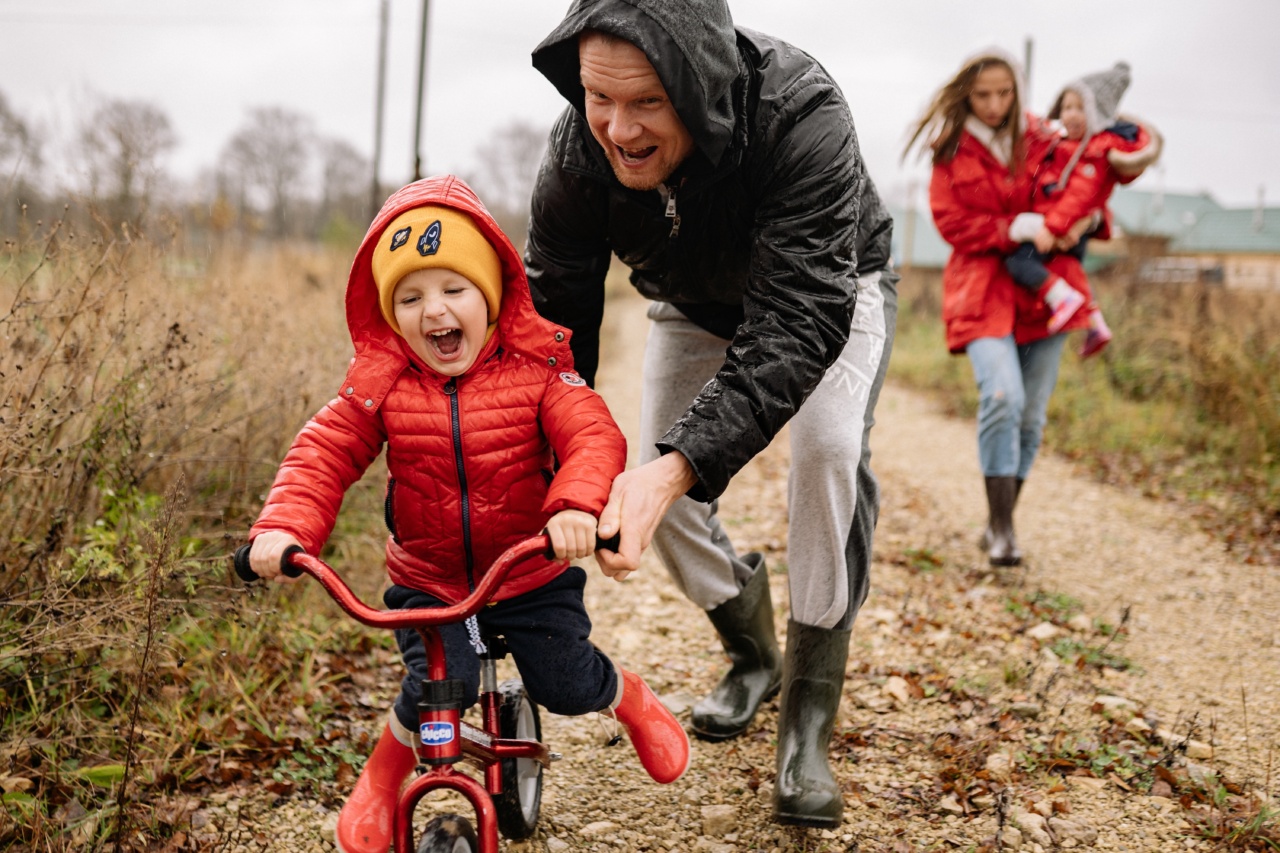As parents and caregivers, one of our primary roles is to ensure the well-being and emotional development of our children.
While it is natural for children to have fears and anxieties, these fears can sometimes become overwhelming and hinder their growth and happiness. By understanding the nature of childhood fears and employing effective strategies, we can help our children conquer their fears and foster their resilience.
In this article, we will explore the importance of acknowledging and validating children’s fears, teaching coping mechanisms, and utilizing storytelling and imagination as powerful tools in helping children overcome their fears.
The Nature of Childhood Fears
Children’s fears can range from common anxieties, such as fear of the dark, monsters, or loud noises, to more specific fears like animals, separation anxiety, or performance-related fears.
These fears can stem from various sources, including personal experiences, exposure to media, or the influence of peers.
It is essential to recognize that children’s fears are legitimate and real to them, regardless of how irrational they may seem to adults.
Dismissing or belittling their fears can have a detrimental effect on their self-esteem and emotional well-being. Instead, it is crucial to provide a safe and supportive environment where children feel comfortable expressing their fears.
Acknowledging and Validating Children’s Fears
When a child expresses a fear, it is essential to acknowledge and validate their feelings. Listening attentively and empathetically is critical in helping them feel understood and supported.
By validating their fears, we convey the message that their emotions are valid, and they are not alone in their fears.
For instance, if a child expresses fear of the dark, we can say, “I understand that the dark can be scary sometimes. It’s normal to feel that way.
Let’s find a way to help you feel more comfortable.” This approach reassures the child that their fears are normal and provides an opportunity to explore coping mechanisms.
Teaching Coping Mechanisms
Equipping children with effective coping mechanisms can empower them to face their fears with confidence. Here are some strategies that can be helpful:.
1. Deep Breathing and Relaxation Techniques
Teaching children deep breathing exercises and relaxation techniques can help them calm their minds and bodies in stressful situations.
Simple activities like taking slow, deep breaths or tensing and relaxing different muscle groups can be effective in reducing anxiety.
2. Positive Self-Talk
Encouraging children to replace negative thoughts with positive affirmations can boost their confidence and shift their mindset.
Teaching them phrases like, “I am brave,” “I can handle this,” or “I am safe” can help redirect their focus from fears to a more reassuring perspective.
3. Gradual Exposure
Gradual exposure to feared situations can help children build resilience and confidence.
By progressively exposing them to their fears in a controlled and supportive environment, we can help them realize that their fears are often unfounded or manageable. For example, if a child is afraid of dogs, starting with looking at pictures of dogs, then gradually moving onto observing them from a distance, can eventually lead to comfortable interactions.
4. Encouraging Problem-Solving
Empowering children to come up with their own solutions to deal with fears can enhance their problem-solving skills and self-reliance.
By asking questions like, “What do you think would help you feel better?” or “What can we do in this situation?”, we encourage them to think critically and take an active role in overcoming their fears.
Utilizing Storytelling and Imagination
The power of storytelling and imagination cannot be underestimated when it comes to helping children conquer their fears. By utilizing these tools, we can create a safe space for children to explore and understand their fears.
1. Books and Movies
Reading books or watching movies that address specific fears can help children relate to fictional characters and gain insights into their own experiences.
It provides an opportunity for discussion and learning, allowing children to process their fears in a non-threatening way.
2. Imaginary Adventures
Encouraging children to engage in imaginary adventures where they face their fears in a controlled environment can be immensely valuable.
For example, playing “superhero” and conquering “monsters” or “bad guys” can empower children to confront their fears in a playful and secure manner.
3. Puppet Play
Puppet play offers a unique way for children to express and overcome their fears. They can create scenarios with puppets that mirror their own fears and guide the puppets through the process of conquering those fears.
This playful activity allows children to externalize their fears and feel a sense of control over them.
Conclusion
By acknowledging and validating children’s fears, teaching them coping mechanisms, and utilizing storytelling and imagination, we can help children conquer their fears and develop resilience.
It is important to remember that each child is unique, and fears can vary greatly. Patience, understanding, and supportive guidance are key in helping our children overcome their fears and thrive emotionally.




























